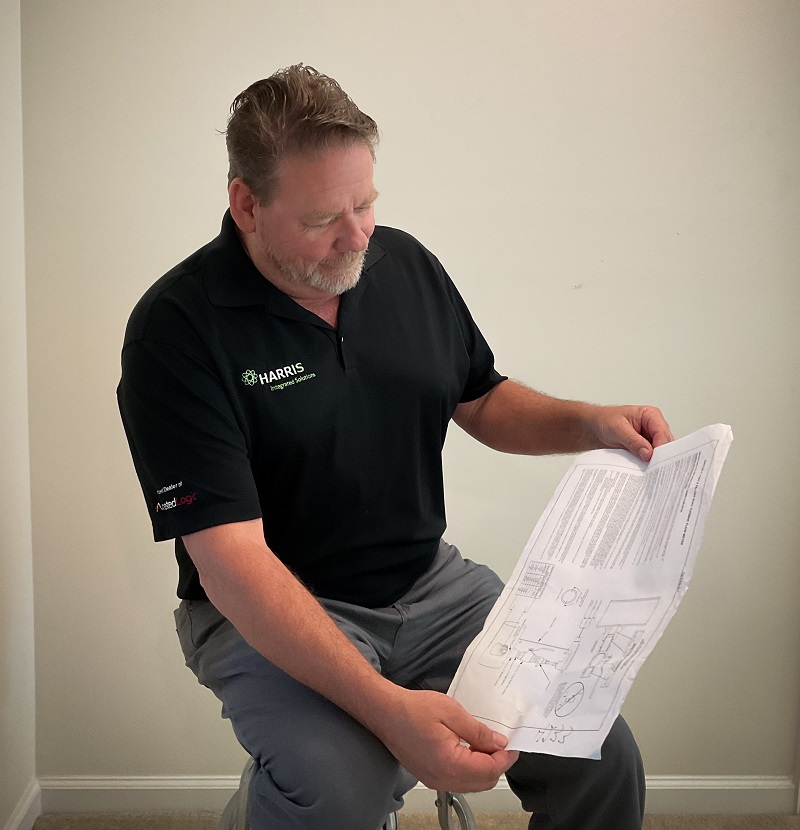
From Artistry to Efficiency: Reflections on Evolution in Construction
I’m sure we’ve all heard someone reminisce about “the good old days.” Those were times when life moved at a slower pace. The construction industry was in the era of craftsmen and tradesmen building beautiful structures without the aid of computers. Remarkably, despite the charm of those days, I don’t yearn for them, especially in my field of Building Automation and Energy Management Control. I believe the HVAC sector is currently undergoing an innovation revolution, and I’m genuinely excited about the next big advancements! I do not want to go back to the technology of yesterday. Task were much harder to complete in those “good old days.”
Reflecting on the past, I’m often amazed at how construction was accomplished back then. The past was filled with skilled tradesmen who built magnificent buildings that have stood the test of time. The construction industry then had minimal technology, relying more on manual labor and the tools of that era. In my profession, many tasks were also done by hand. Our archives still contain hand-drawn control schematics, which are fascinating to see. These drawings, painstakingly created by hand, often took hours of planning before the first circuit was drawn. Engineers had to ensure that everything fit on a single sheet of paper, and any mistake meant starting over from scratch—there was no “cut and paste.”
This leads me to ponder if construction in the past was more of an art form than a trade. Craftsmen created stunning wood finishes, brickwork, and ironwork by hand. Today, we often use 3D printing or CNC machines to produce these elements. Does this modern manufacturing process make these pieces any less valuable or beautiful compared to the handcrafted finishes of the past?
While it’s clear that our industry must evolve and we can’t stick to the processes of the past, I wonder if construction has shifted from an art form to a “copy and paste” world. Will the buildings we construct today stand the test of time like those built by previous generations? Do you still consider your trade an art form, or has the focus shifted from construction of the best product to cost-cutting above all else?
As everyone knows, it’s hard to be the best and the cheapest simultaneously—these qualities usually don’t go hand in hand. Have we downgraded our trades to follow the low-bid model too strictly? Has it gone too far?
As for me, I still take pride in the work we do and am very passionate about being the best control vendor in the South. While the bottom line and low bids are always on my mind, I strive to balance quality and cost. I know we’re not creating masterpieces, but I hope the next generation will look at our work and wonder how we built things the way we did back then.
A 30-year veteran of the HVAC and DDC Control Industry, Billy Blackburn, ACEM, is the Coastal Area Account/Business Development Manager for Harris Integrated Solutions. He is a former factory certified centrifugal chiller technician and manager; he is Allen Bradley PLC certified; and is Network Plus and factory certified DDC control technician, trainer, and salesperson. Blackburn is based in Summerville, SC.







